Though it's not a product we install often, standing seam metal roofing is the style that most people are familiar with if you talk about metal roofs for homes. Typically used on farmhouse type homes, it also has an application as an decorative or accent roof (the porch/entry roof in the photo shown below is a good example).

There are four main types of vertical panels to be aware of when you're evaluating standing metal roofing for your home. You may be leaning toward standing seam metal roofing, but we want you to consider the pros and cons before making your ultimate decision.
Through-Fastened Vertical Metal Roofing
These are exposed fastener sheets of metal that can be placed on the roof and then secured down using screws. The most common use of this type is for agricultural buildings, but it has been known to be used on residential ones too. It's considered low-end, basic metal roofing.
- Pros: Relatively inexpensive and widely available.
- Cons: There is no built-in ability to adapt to the changing weather conditions outside and the fasteners are able to back out of the unit or break entirely. Also, any type of fastener that penetrates roofing provides a potential for water infiltration, though very slight. Panels being screwed down don't allow for expansion and contraction with temperature change, plus high winds can cause whole sections to lift up because they are not interlocked.
Nail Hem Metal Roofing
There is a nailing strip that runs down one of the sides of the vertical panels with this type of roofing
- Pros: There are elongated holes along the side that allow for expansion to happen.
- Cons: Ripples are common in these roofs because the interlock between panels is very slight, and sometimes the center of the panels can lift up during more severe storms. Wind failure is sometimes seen with this type, and proper installation can be a challenge. We do not recommend it.
Concealed Fasteners (Snap Lock) Metal Roofing
Concealed fasteners used with interlocking panels form an entire roofing system.
- Pros: Clip fasteners help the metal roofing to float which allows for contraction and expansion on the roof, and they provide full protection and quality coating to provide more coverage and protection.
- Cons: Requires a professional to install the roof for lasting performance.
Mechanically Seamed Metal Roofing
This type of standing seam metal roofing requires specialized equipment to install. As each panel is put on, a seam is created with the adjoining panel via use of a machine or a special hand tool. The clips are concealed and actually form a part of the interlocking system.
- Pros: This is the only type of metal roofing that works well for extremely low pitched roofs, which is why you may often see them on porches. Fasteners are concealed, and the entire roof is interlocked, so wind lift is uncommon.
- Cons: Because the panels have been seamed together, any repairs or alterations to the roof can be extremely complicated (translation: expensive).
Still wondering if metal roofing is the right roofing for you? Here are some reasons why you should choose it!
Regardless of the style of metal roofing you choose to have installed on your home, always work with a metal roofing professional. The roof on a home is important to providing protection, and if it is not installed correctly, you can find yourself with issues both inside and outside. Give us a call and we can show you the metal roofing options we have available.
Quarve Contracting, Inc./Metal Roofing & Siding of Minnesota is a licensed home improvement contractor, and we specialize in metal roofing for Twin Cities home and business owners.
Subscribe to Quarve Contracting's Blog


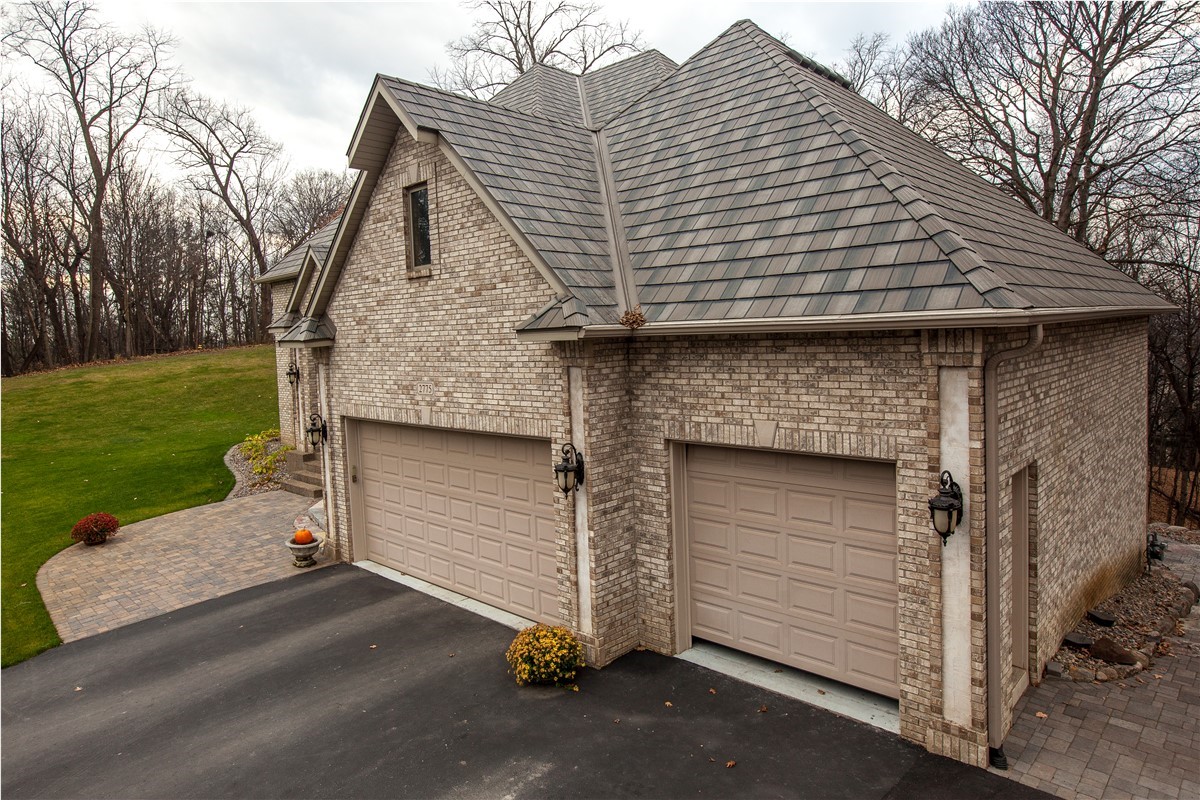
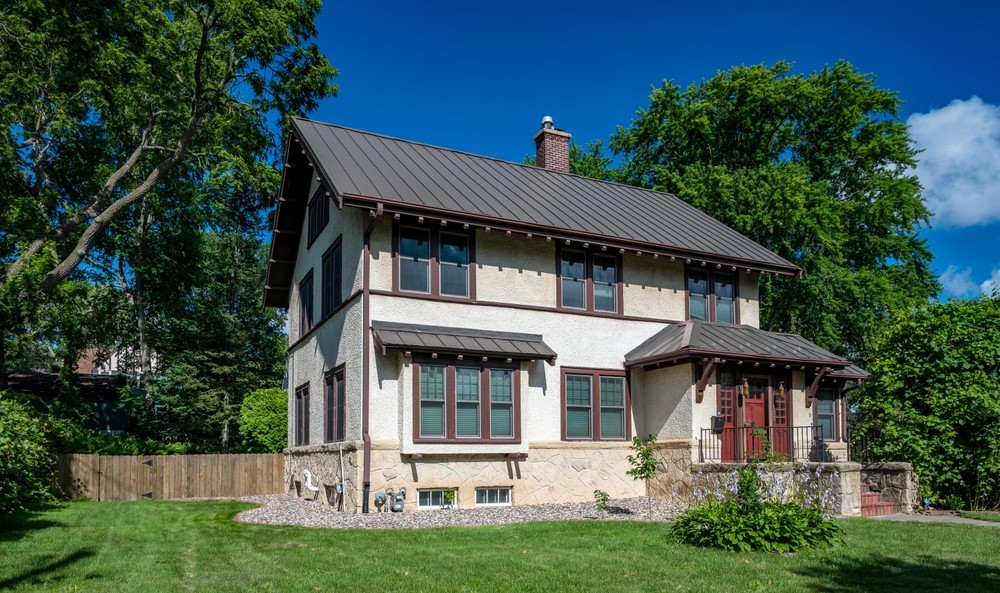
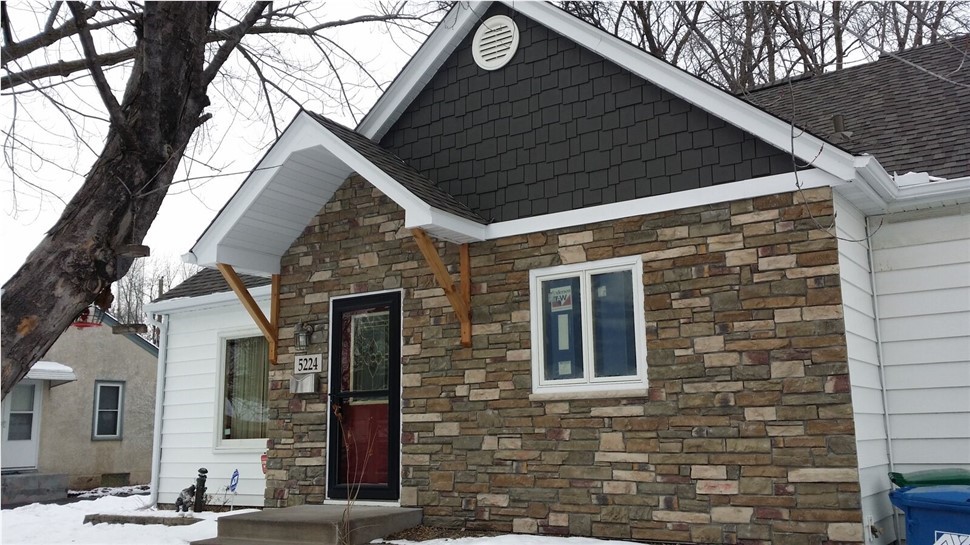
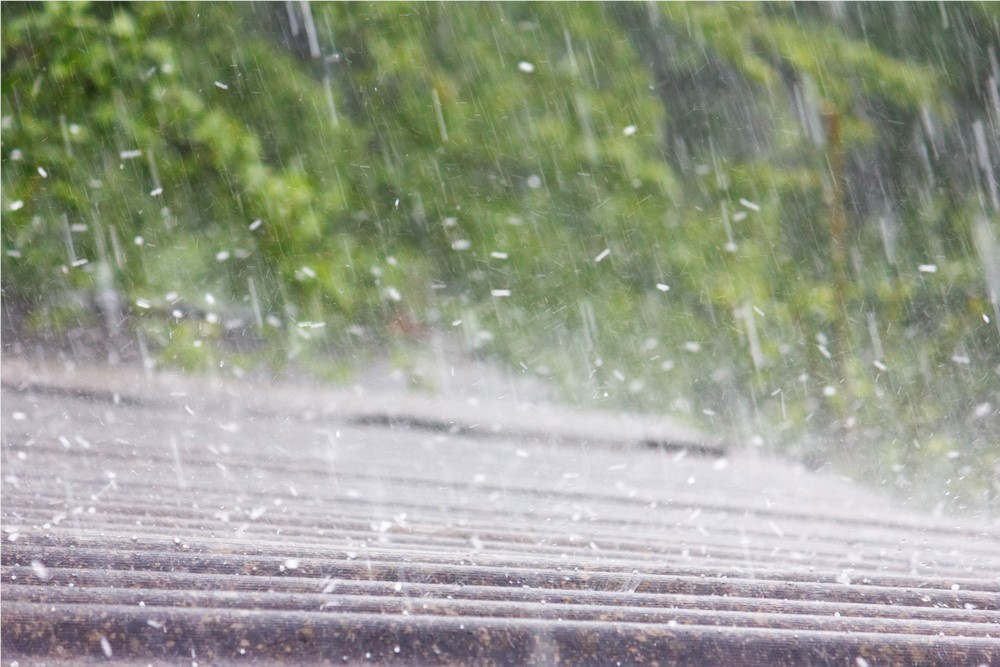
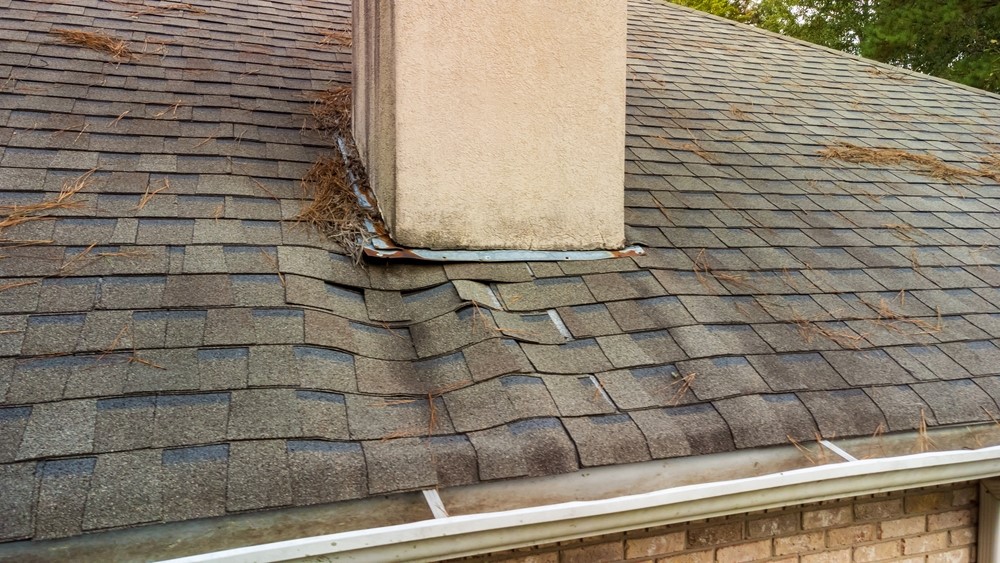
Comments